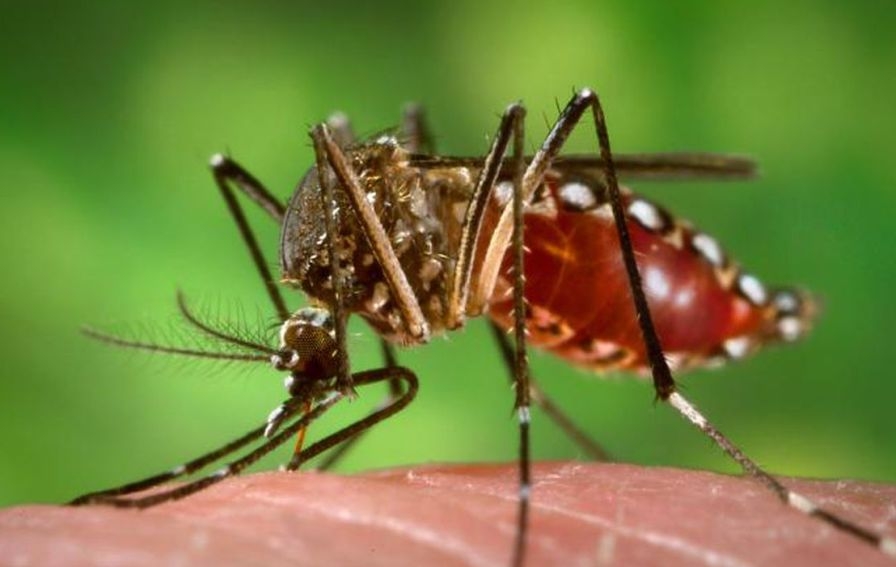Dengue season and the beginning of fear
Thursday - October 17, 2019 2:13 pm ,
Category : WTN SPECIAL

WTN- Despite regular awareness, fogging and preventive measures, dengue doesn’t seem to leave us. It remains one of the major killers in the subcontinent and the tropical countries and in the last ten years dengue incidents have only increased, making it an endemic occurrence. The dengue virus is spread through the bite of infected female aedes mosquitoes, which are active mostly in the daytime – from dawn to dusk. These mosquitoes thrive in areas with standing water, including puddles, water tanks, containers and old tires in warm climate. Lack of reliable sanitation and regular garbage collection also contribute to the spread of the mosquitoes.
The infection, which mostly spikes after the rainy season, is characterised by flu-like symptoms which include a sudden high fever coming in separate waves, pain behind the eyes, muscle, joint, and bone pain, severe headache, and a skin rash with red spots. Treatment includes supportive care of symptoms. There is no antiviral treatment available. The illness may progress to Dengue Hemorrhagic Fever (DHF). Symptoms include severe abdominal pain, vomiting, diarrhea, convulsions, bruising, and uncontrolled bleeding. Complications can lead to circulatory system failure and shock, and can be fatal (also known as Dengue Shock Syndrome).
engue is related to Zika Virus, Yellow Fever, West Nile Virus, and Japanese Encephalitis. It can also be misdiagnosed for Chikungunya, Zika Virus, or Yellow Fever, which also leads to deaths. The best way to ward off the dangers of dengue and mosquito-related infections is adequate precaution – an area which is often neglected. Most of us don’t even know the precautions we must be taking and from where the mosquitoes generate. And when we know we are often neglectful. We dump garbage carelessly. We allow potholes, ditches, manholes, swamps, shrubs, animal sheds exist around our homes despite these being perfect breeding grounds for mosquitoes.
We don’t check our water tanks and small pitchers, toys, flowerpots, drains, pipes, coolers, rooftops and parapets that are abundantly found in our houses and can potentially breed mosquitoes as water often collects in them. It is not that mosquitoes breed only in stale and stagnated water, even in relatively clean and fresh water too mosquitoes can breed, which is why it is important to keep away any source of collected water in and around our house.
Furthermore use of mosquito nets or good strong mosquito repellants must be diligently followed. Full sleeved outfits need to be worn, especially in mosquito prone areas and moving around in darkness or in and around marshy or bushy areas must be avoided, especially in high season of mosquito breeding. Parents must be attentive towards their children’s movements and activities. Another neglected area is the lack of timely medical attention, which often proves detrimental for the patient. Since the initial symptoms of dengue or malaria are mostly like normal viral fever, people tend to lose valuable time in wait for general recuperation or start administering antibiotics.
Diagnosis and hence medication is thus delayed and it proves crucial. Immediate medical attention in case of 2-day old fever can save several lives. Perhaps we need greater awareness in the people, a more involved and prodding civic administration and more alert and cooperative doctors to raise the standard of dengue/malaria precaution, prediction, identification and treatment in society for a healthier nation. - Window To News



